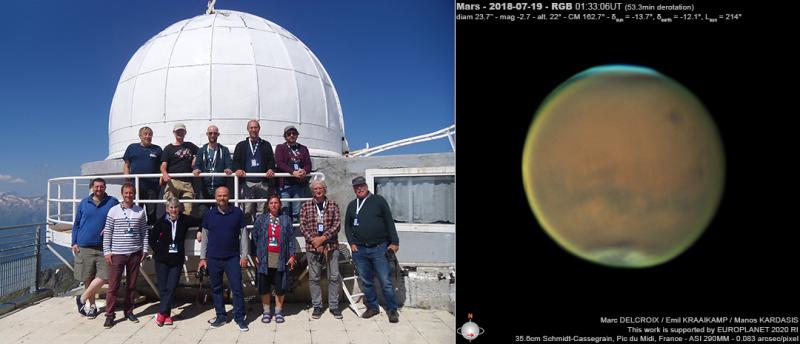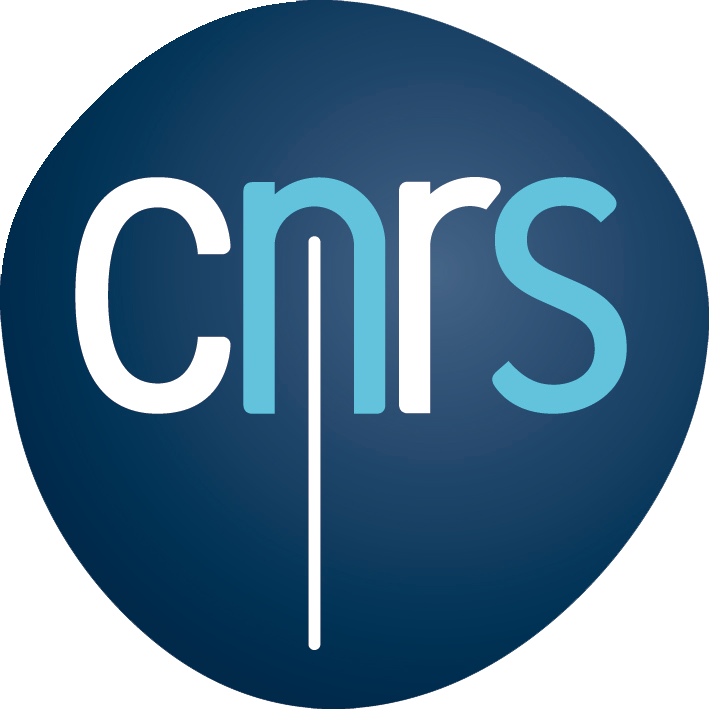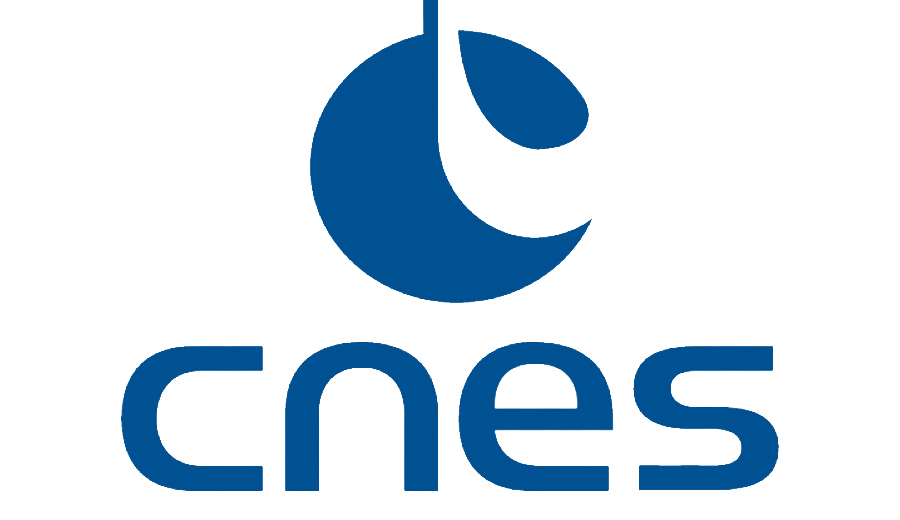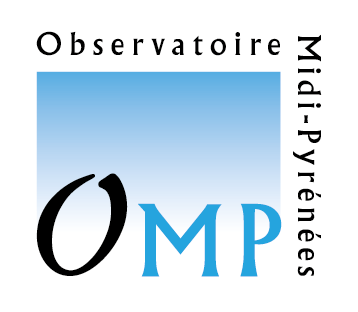Workshop between amateur astronomers and planetary scientists – planets in full glamour!
Under Horizon 2020, the Europlanet 2020 Research Infrastructure includes an entirely new Virtual Access Service, “Planetary Space Weather Services” (PSWS) that extend the concepts of space weather and space situational awareness to other planets in our Solar System and in particular to spacecraft that voyage through it.

PSWS (planetaryspaceweather-europlanet.irap.omp.eu/) provide 12 services distributed over 4 different service domains – 1) Prediction, 2) Detection, 3) Modelling, 4) Alerts. Several tools and services are in particular developed for planetary observations and image analysis by amateurs. These include software to detect giant planet fireballs, lunar impacts, cometary tail disruption events as well as other remarkable events. These events are very often detected dirst by amateur astronomers and follow-up campagins of observations with ground-based and/or space-based professional telescopes are set in place in close relationship between both scientists and amateurs.
IRAP has organized on July 17-19 a workshop at Pic du Midi on «Tools and Services for Planetary Observations and Image Analysis by Amateurs » where PSWS tools and services have been presented applied to database of amateur images (http://planetaryspaceweather-europlanet.irap.omp.eu/workshops.html). Dedicated campaign of planetary observations at Pic du Midi occured during the workshop. Lunar impacts, the current global storm in the Martian atmosphere as well as atmospheric dynamics in giant planet atmospheres were the prime target of observations. The images obtained during the workshp are currently being treated by amateurs and will be publicly archived in the Planetary Virtual Observatory Laboratory (PVOL, http://pvol2.ehu.eus/pvol2/).
IRAP Contact
- Nicolas André (CNRS), Europlanet workshop organizer and coordinator of the Planetary Space Weather Services within the Europlanet H2020 Research Infrastucture – nicolas.andré@irap.omp.eu






